Wood Rot Prevention: How to Detect, Repair, and Protect Your Home
Addressing wood rot prevention early is essential to maintaining your home’s structural integrity and curb appeal. Rot is more than just an eyesore—it can weaken wooden structures, leading to costly repairs and safety hazards if left untreated. Whether it’s a rotting deck, deteriorating siding, or compromised framing, ignoring the warning signs can put your home at risk.
Wood rot prevention starts with awareness. Understanding the causes, identifying early signs, and taking swift action can save homeowners time, money, and stress. From moisture buildup to poor ventilation, various factors contribute to wood decay. The good news? With routine inspections, proper maintenance, and professional repairs, you can protect your home and extend the lifespan of its wooden components.
In this guide, we’ll explore how to detect rot, what to do if you find it, and the best ways to prevent it from spreading. Taking a proactive approach to wood rot prevention will ensure your home remains safe, durable, and visually appealing for years to come.
How to Detect Signs of Rot
Identifying rot early is key to effective wood rot prevention and minimizing costly repairs. Here are the most common signs to look out for.
Soft or Spongy Wood
One of the easiest ways to detect rot is by pressing on wooden surfaces. If the wood feels soft, spongy, or crumbles under light pressure, it has likely begun to decay. Pay close attention to areas exposed to moisture, such as window frames, door trims, decks, and siding.
Discoloration & Cracking
Wood affected by rot often shows visible signs of damage. Look for darkened patches, peeling paint, or cracks forming along the grain. These symptoms indicate prolonged moisture exposure, which weakens the wood’s structure over time. If left unaddressed, the rot will continue to spread.
Musty Odor
A damp, moldy smell inside or around your home may suggest hidden rot. Moisture trapped within wooden structures creates the perfect environment for decay, even if the damage isn’t immediately visible. If you notice an unusual odor, inspect surrounding areas for additional signs of wood deterioration.
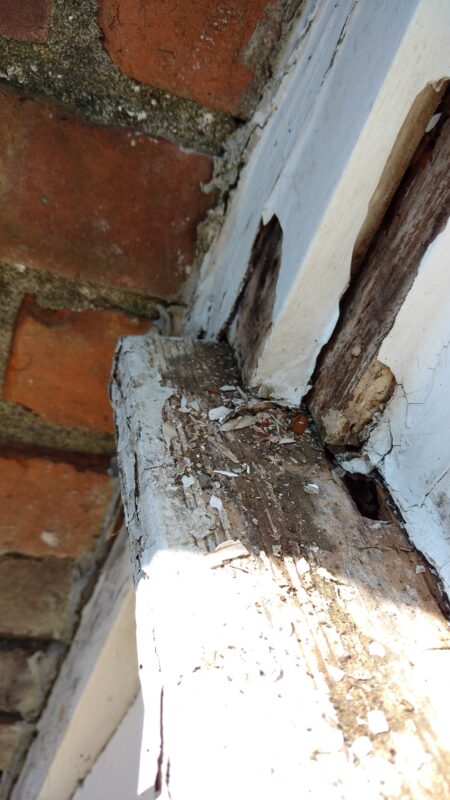
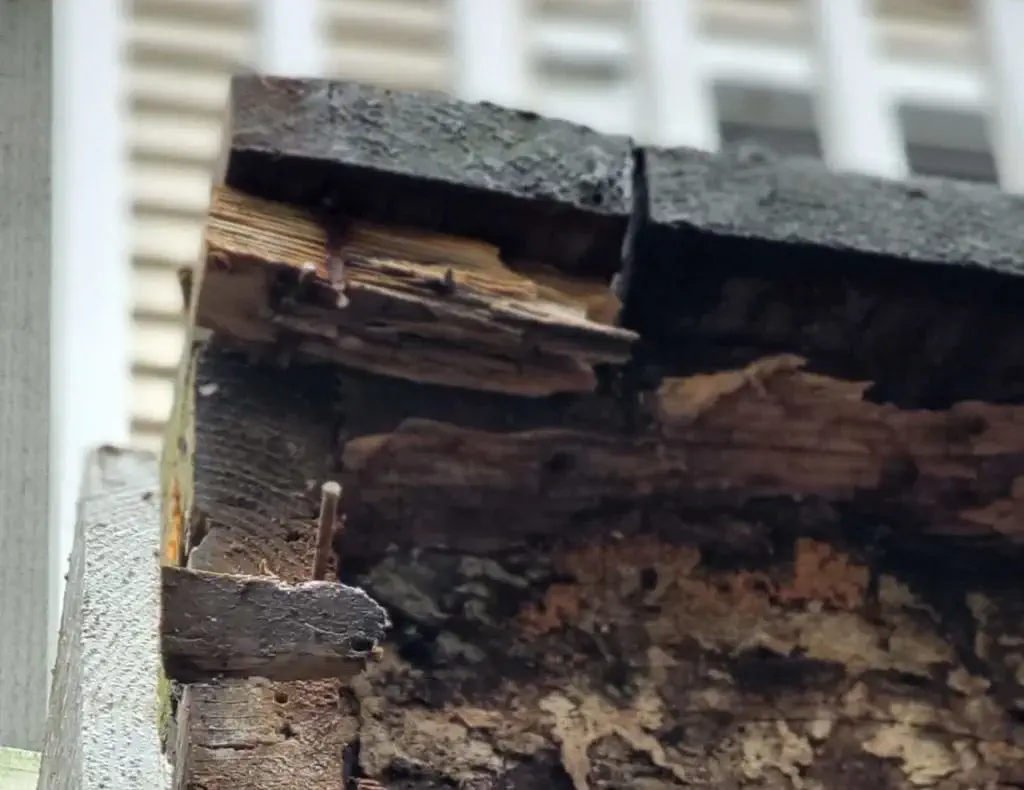
Mold & Fungi Growth
The presence of mold or fungus is a clear sign of excessive moisture and advanced wood rot. White, green, or black fungal growth on wooden surfaces typically means the material has already started breaking down. In severe cases, mushrooms may even sprout from decayed wood, indicating extensive damage that requires immediate attention.
Detecting these warning signs early is the first step in wood rot prevention. Regular inspections and prompt repairs will help you stop decay before it compromises your home’s structural integrity.
What to Do if You Spot Rot
Discovering wood rot can be concerning, but taking swift action can prevent further deterioration. Whether the damage is minor or extensive, addressing the issue promptly is key to effective wood rot prevention and maintaining your home’s integrity.
Assess the Extent of the Damage
Before taking action, evaluate how severe the rot is. Light surface decay may be repairable, but if the wood is soft and crumbles easily, replacement might be necessary. Check surrounding areas as well—wood rot prevention requires identifying all affected spots before deciding on the best course of action.
Remove the Affected Wood
If the rot has spread beyond a small area, cutting out the damaged wood is essential. Leaving any decayed material behind can allow moisture and fungi to continue spreading. Properly removing and replacing rotted sections is a crucial step in wood rot prevention to ensure the problem doesn’t return.
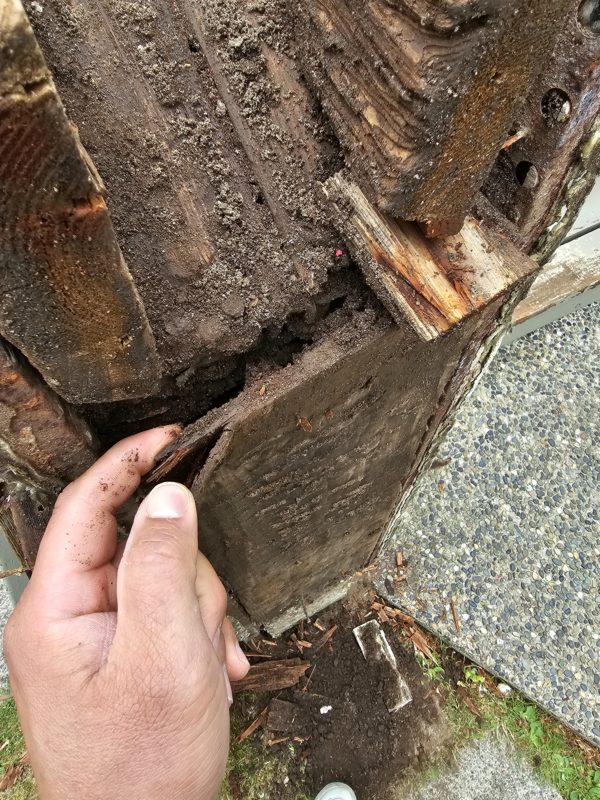
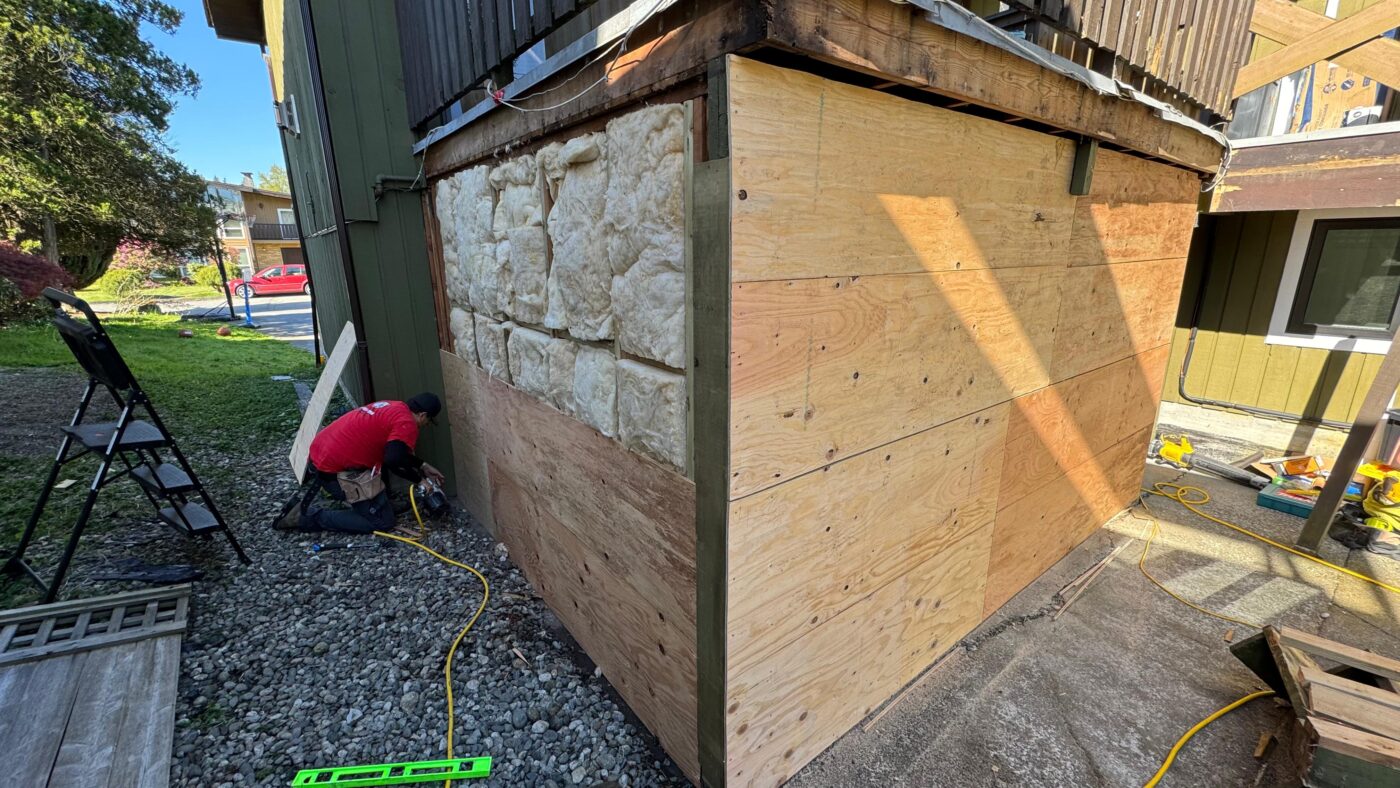
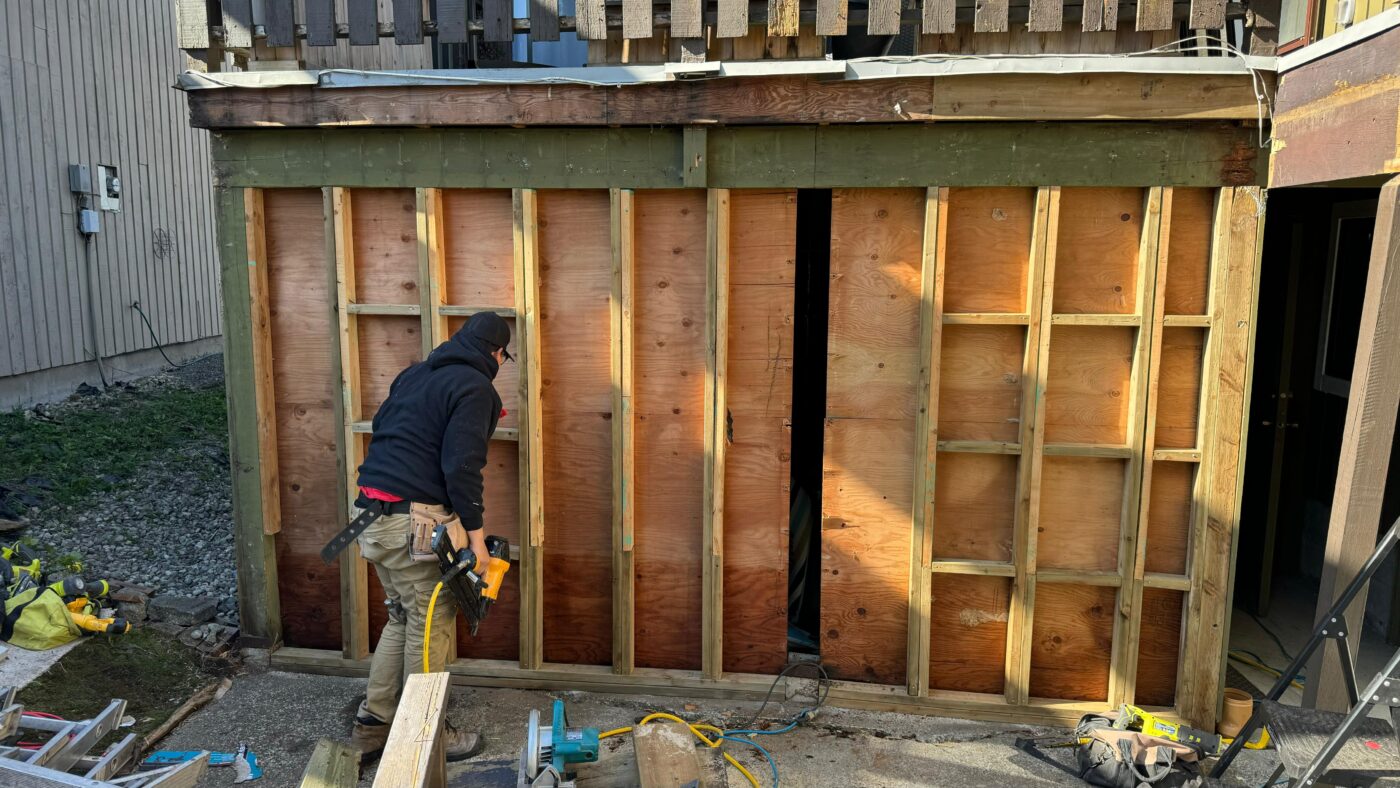
Apply Wood Hardeners & Fillers
For minor cases, specialized wood hardeners can reinforce weakened areas, stopping rot from worsening. Wood fillers can also be used to restore strength and structure, making this a viable option for small repairs. However, these treatments should only be used if the surrounding wood is still in good condition—otherwise, full replacement may be necessary.
Replace and Seal
When replacing damaged wood, opt for rot-resistant materials like pressure-treated lumber or composite wood. Additionally, sealing all exposed surfaces with high-quality paint, primer, or waterproof sealants is essential for wood rot prevention, as it helps protect against future moisture intrusion.
By taking immediate action and following these steps, homeowners can prevent small areas of decay from turning into major structural issues. Regular maintenance and early intervention are key to long-term wood rot prevention and keeping your home in top shape.
How to Prevent Wood Rot
Taking proactive steps in wood rot prevention is essential to maintaining your home’s structural integrity. By implementing regular maintenance and moisture control, homeowners can significantly reduce the risk of rot-related damage.
Regular Inspections
Routine home inspections are the first line of defense in wood rot prevention. Check exterior wood surfaces, decks, siding, and trim at least once a year for soft spots, cracks, or peeling paint. Catching early signs of rot can save homeowners from costly repairs and structural issues down the road.
Proper Ventilation & Drainage
Poor airflow and water accumulation create the perfect conditions for rot to develop. Ensuring proper ventilation in basements, crawl spaces, and attics helps reduce humidity levels. Additionally, keeping gutters and downspouts clear of debris ensures that water drains away from the home instead of pooling near wood surfaces—an essential step in wood rot prevention.
Routine Painting & Sealing
A strong protective barrier is one of the most effective ways to prevent moisture intrusion. Regularly painting and sealing exterior wood surfaces, such as siding, window frames, and fences, adds an extra layer of protection against water damage. This simple maintenance task plays a crucial role in wood rot prevention and extends the lifespan of wooden structures.
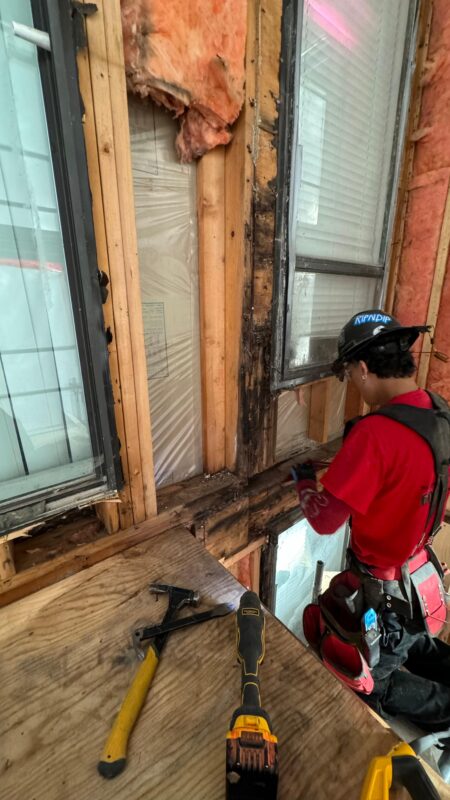
Neglecting wood rot can lead to serious structural damage and costly repairs, making early detection and proper rot repair essential for maintaining a safe and durable home. By staying proactive—conducting regular inspections, addressing moisture issues, and using high-quality, rot-resistant materials—you can prevent the long-term effects of wood deterioration.

Call a Professional
Taking action at the first signs of damage is crucial. Whether you need minor repairs or a full replacement, professional rot repair services ensure the job is done correctly and effectively. Don’t let wood rot compromise your home’s integrity—contact Argenta Restoration Ltd. today for expert rot repair solutions that protect and preserve your property for years to come. For helpful tips and to see our work in action, check out our YouTube channel, Argenta Restoration, where we share valuable insights and project showcases.

